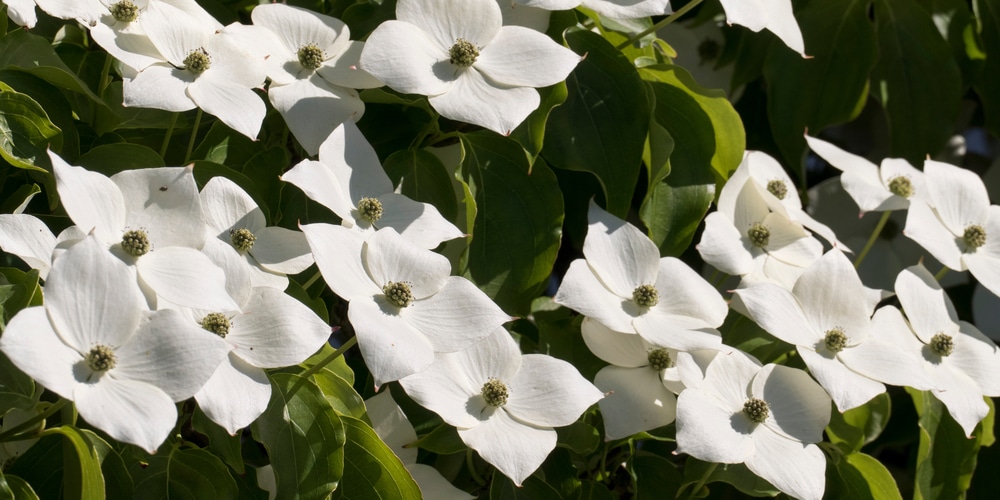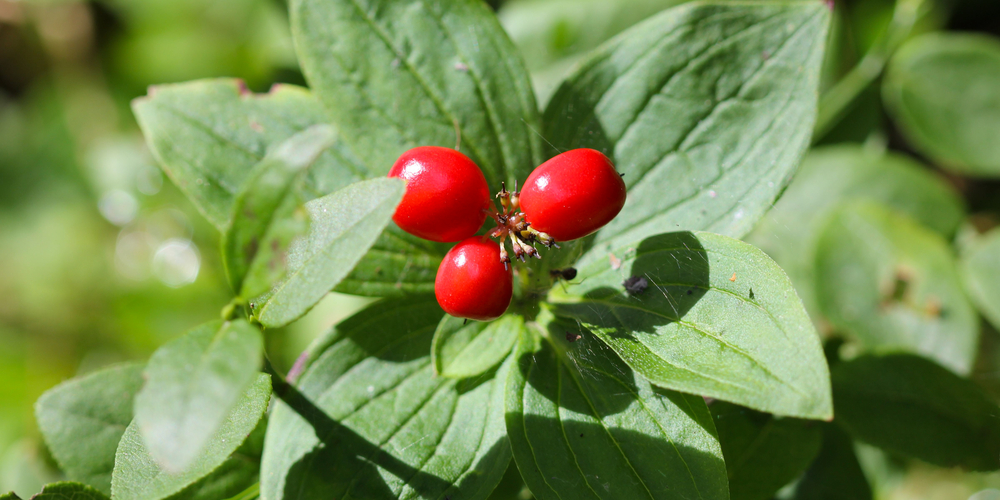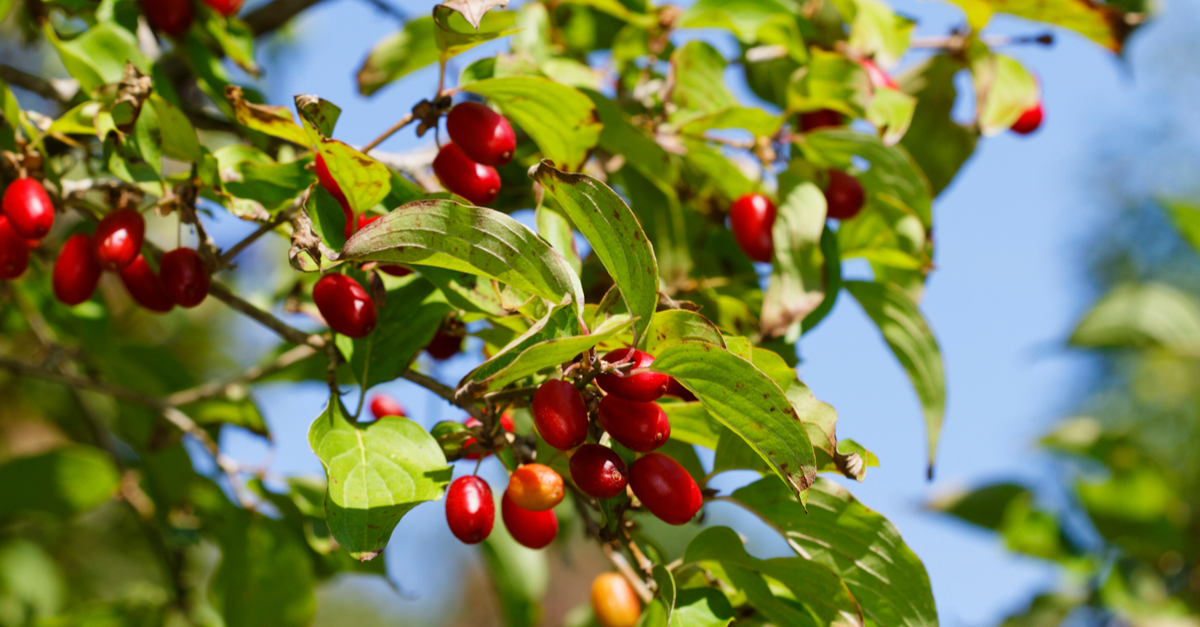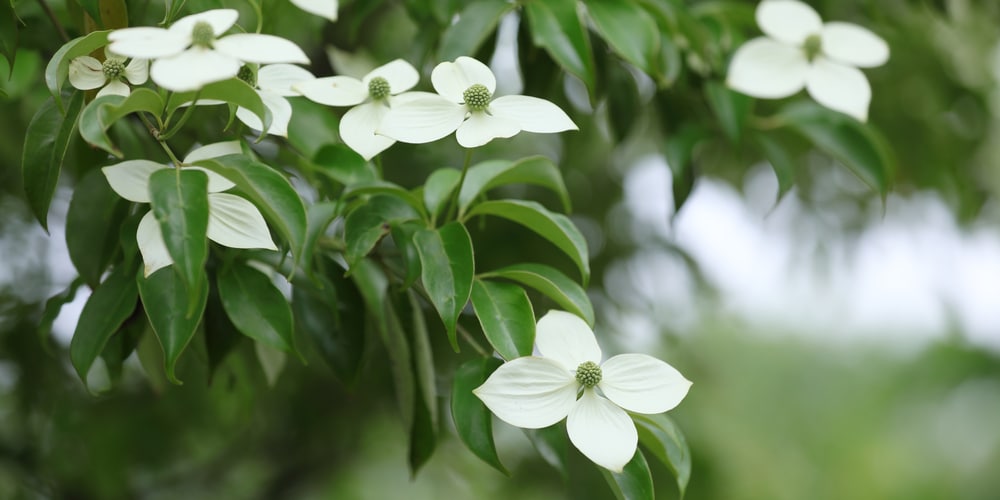There are many different types of dogwood trees growing in locations across the globe. Some of which are located in the U.S. and others in different countries abroad.
Therefore, the dogwood tree has quite a bit of history and fascination that comes along with it, particularly as it relates to the dogwood trees that have red berries.
First of all, the small, bright berries are a favorite of birds, which eat the seeds and disperse the remains on the ground. This is because the red berries make a good source of food for birds during the winter months, when other food is scarce.
These berries are also a good source of food for most mammals, including raccoons, possums, and deer. In the fall, after the leaves have changed color, the red berries attract larger birds such as hawks and crows, who eat the seeds and crack the hard seed pods open.
Additionally, because of the sweet and tangy fruity taste, it is not uncommon for people to make a desert or two out of the red berries from a dogwood tree.
Whatever the case or situation, some people enjoy having the dogwood tree with red berries on their grounds. And, in some cases, a homeowner may choose to update their landscape with a dogwood tree that has red berries.
Dogwood tree with red berries
Here are 3 dogwood trees that have red berries that people can make their selections from.
1. Canadian bunchberry
The Canadian bunchberry (Cornus canadensis) is well known in some areas in Canada for a number of different reasons, including being 1 of the 2 only sub scrubs in the dogwood tree family.
Some people may also refer to this dogwood tree as the dwarf cornel. This is usually because the bunchberry may only grow to about 4 to 6 inches.
It is also relatively easy to recognize this dogwood in virtually any area, particularly because its leaves are made of very glossy dark green colors. However, when seasons change you can also track changes in its appearance. Here is what you can expect.
From summer to fall, the leaves will also change from red to purple.
During the summer months, the white flowers on this tree will turn into red berries that can be eaten as fruit.
The redberries from this dogwood tree can be consumed cooked or raw.. This is why many native Americans added these berries to their puddings and sauces. Though not considered, however, to be very flavorful, these red berries are rich in pectin.
2. Cornelian cherry (also called the European cornel)
The Cornelian Cherry (Cornus mas) is presently known as an early bloomer since it can grow as tall as 15 feet in height. And, throughout the year, this tree goes through quite a few changes and morphosis including the following:
- Yellow flowers blooms from the tree in the Spring
- Oval veined leaves that sprout up as high as 4-inches.
- Edible Red Berries in the Spring
Also, once these red berries begint to fall onto the ground, this is the best time to reap the harvest.
For instance, once these red berries are ready for people to eat, they can be used in a wide variety of recipes for sauces, jams, pickles, and other types of preserves.
3. Kousa dogwood
The Kousa dogwood (Cornus kousa) is a small, multi-stem shrub that is also relatively easy to recognize when people see them. This dogwood tree is also known by several different names such as the Japanese dogwood, Chinese dogwood, and the /Korean dogwood tree.
During the spring times, this dogwood tree will also go through a wide range of changes as follows:
- Produces big clusters of yellow green flowers in the spring
- Changes into pinkish-red berries during the summer.
- Purplish oval and veined leaves during the fall.
This dogwood tree is native to Eastern Asia, and is expected to grow as much as 8 ft in its lifetime.
Dogwood tree with red berries: Summary
Each of these dogwood trees are known for having red berries that birds and other animals consume when they are in bloom.
These red berries can also be found on one other tree that is often mistaken as a dogwood tree but it is not. And that is the Bradford Pear. The Bradford pear tree can be described as a hybrid since it produces orange and red fruit during the fall season. It looks like the dogwood tree, however, because it is normally the standard size of the dogwood tree.
Related Article: Dogwood Trees Zone 9



